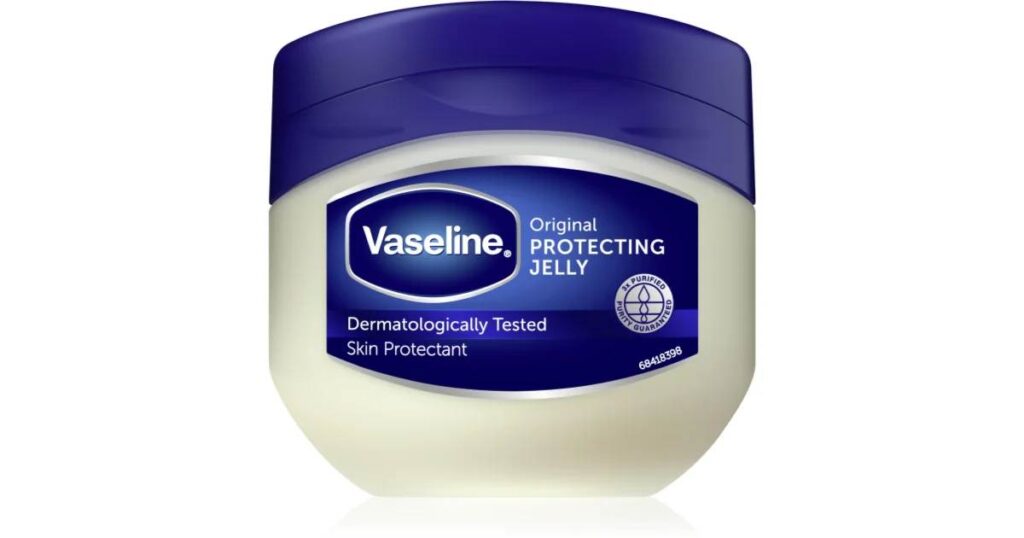
Hair removal creams, also known as depilatory creams, are a popular method for removing unwanted hair. They work by breaking down the protein structure of the hair, making it easy to wipe away. Most hair removal creams like Veet® or Nair® contain active chemical ingredients such as calcium thioglycolate or potassium thioglycolate. These chemicals break down the keratin protein in hair, weakening it to the point where it can be easily wiped or washed away.
While hair removal creams are a convenient and effective option for removing unwanted hair, offering smooth results with minimal effort, their use on sensitive areas often causes burning or irritation. Using hair removal creams on the genital or anal area without causing burns or irritation requires careful selection of products and following specific steps to ensure safety.
Here’s a comprehensive step-by-step guide:
1. Choose the Right Product
- Sensitive Skin Formula: Select a hair removal cream specifically designed for sensitive skin or intimate areas. Products labelled for bikini lines are often suitable.
- Patch Test: Perform a patch test 24 hours before use. Apply a small amount of the cream to a less sensitive area (e.g., inner arm) and wait to see if any irritation occurs.

2. Preparation
- Clean the Area: Wash the genital or anal area with mild soap and warm water, and dry thoroughly. This ensures the skin is clean and helps the cream work more effectively.
- Trim Hair: If the hair is too long, trim it to a shorter length to reduce the amount of cream needed and to ensure even application.
- Coat with petroleum jelly: This is a crucial step. It helps to cover the area to be treated with a thin layer of Vaseline® or another brand of petroleum jelly first before applying the hair removal cream. This has been found to greatly reduce the risk of irritation without interfering with the results.

3. Application
- Read Instructions: Carefully read and follow the product’s instructions.
- Apply Evenly: Use the applicator or spatula provided to apply an even layer of the cream to the hair around the genital or anal area. Alternatively, for more careful handling, you can apply the cream with a gloved hand. Be cautious not to get the cream inside the anal opening.
- Avoid Sensitive Zones: Ensure the cream does not come into contact with mucous membranes or any broken skin.
4. Timing
- Set a Timer: Follow the recommended application time, usually between 5-10 minutes. Never exceed the maximum time stated in the instructions.
- Check Progress: After the minimum time, check a small area to see if the hair comes off easily. If not, leave the cream on a bit longer, within the recommended time frame.
5. Removal
- Gently Remove Cream: You might not believe it but a lot of the irritation from using hair removal creams happens during removal. You may find that using a damp washcloth or your bare hands to gently remove the cream and hair works better than using the provided spatula. Be gentle to avoid irritating the skin.
- Rinse Thoroughly: Rinse the area thoroughly with lukewarm water to remove all traces of the cream. Ensure no residue is left as it can cause irritation.
6. Aftercare
- Pat Dry: Gently pat the area dry with a soft towel. Avoid rubbing as it can cause irritation.
- Apply Soothing Lotion: Use a fragrance-free, gentle moisturizer or aloe vera gel to soothe the skin.
- Wear Loose Clothing: Opt for loose-fitting clothes to minimize friction and allow the skin to breathe.
Monitor and Precautions
- Check for Reactions: Monitor the area for any signs of redness, burning, or irritation. If severe discomfort occurs, consult a healthcare professional.
- Avoid Activities: Avoid activities that cause excessive sweating or friction for at least 24 hours.
- Avoid Sun Exposure: Do not expose the treated area to direct sunlight for at least 24 hours.
Tips for Safe Hair Removal
- Frequency: Limit the use of hair removal creams to avoid frequent chemical exposure. Follow the manufacturer’s recommendations on how often to use the product.
- Alternative Methods: If you experience frequent irritation, consider alternative hair removal methods like trimming, waxing, or laser hair removal.
- Consult Professionals: If unsure about using hair removal creams or if you have sensitive skin conditions, consult a dermatologist or a professional esthetician.
By following these steps and precautions, you can minimize the risk of burning or irritation when using hair removal creams on the genital or anal area.


